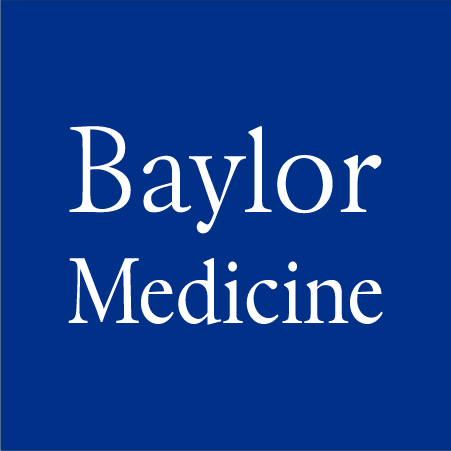Language
English
Publication Date
9-2-2024
Journal
Journal of Bone and Mineral Research
PMID
39012717
PMCID
PMC11371902
PubMedCentral® Posted Date
7-16-2024
PubMedCentral® Full Text Version
Post-print
Abstract
Osteogenesis imperfecta (OI) is a rare genetic disorder commonly caused by variants of the type I collagen genes COL1A1 and COL1A2. OI is associated with increased bone fragility, bone deformities, bone pain, and reduced growth. Setrusumab, a neutralizing antibody to sclerostin, increased areal bone mineral density (aBMD) in a 21-week phase 2a dose escalation study. The phase 2b Asteroid (NCT03118570) study evaluated the efficacy and safety of setrusumab in adults. Adults with a clinical diagnosis of OI type I, III, or IV, a pathogenic variant in COL1A1/A2, and a recent fragility fracture were randomized 1:1:1:1 to receive 2, 8, or 20 mg/kg setrusumab doses or placebo by monthly intravenous infusion during a 12-mo treatment period. Participants initially randomized to the placebo group were subsequently reassigned to receive setrusumab 20 mg/kg open label. Therefore, only results from the 2, 8, and 20 mg/kg double-blind groups are presented herein. The primary endpoint of Asteroid was change in distal radial trabecular volumetric bone mineral density (vBMD) from baseline at month 12, supported by changes in high-resolution peripheral quantitative computed tomography micro-finite element (microFE)-derived bone strength. A total of 110 adults were enrolled with similar baseline characteristics across treatment groups. At 12 mo, there was a significant increase in mean (SE) failure load in the 20 mg/kg group (3.17% [1.26%]) and stiffness in the 8 (3.06% [1.70%]) and 20 mg/kg (3.19% [1.29%]) groups from baseline. There were no changes in radial trabecula vBMD (p>05). Gains in failure load and stiffness were similar across OI types. There were no significant differences in annualized fracture rates between doses. Two adults in the 20 mg/kg group experienced related serious adverse reactions. Asteroid demonstrated a beneficial effect of setrusumab on estimates of bone strength across the different types of OI and provides the basis for additional phase 3 evaluation.
Keywords
Humans, Osteogenesis Imperfecta, Female, Male, Middle Aged, Adult, Bone Density, Aged, Treatment Outcome, bone mineral density, osteogenesis imperfecta, setrusumab, sclerostin, rare disease
Published Open-Access
yes
Recommended Citation
Glorieux, Francis H; Langdahl, Bente; Chapurlat, Roland; et al., "Setrusumab for the Treatment of Osteogenesis Imperfecta: 12-Month Results From the Phase 2b Asteroid Study" (2024). Faculty and Staff Publications. 2091.
https://digitalcommons.library.tmc.edu/baylor_docs/2091
Included in
Biological Phenomena, Cell Phenomena, and Immunity Commons, Biomedical Informatics Commons, Genetics and Genomics Commons, Medical Genetics Commons, Medical Molecular Biology Commons, Medical Specialties Commons


